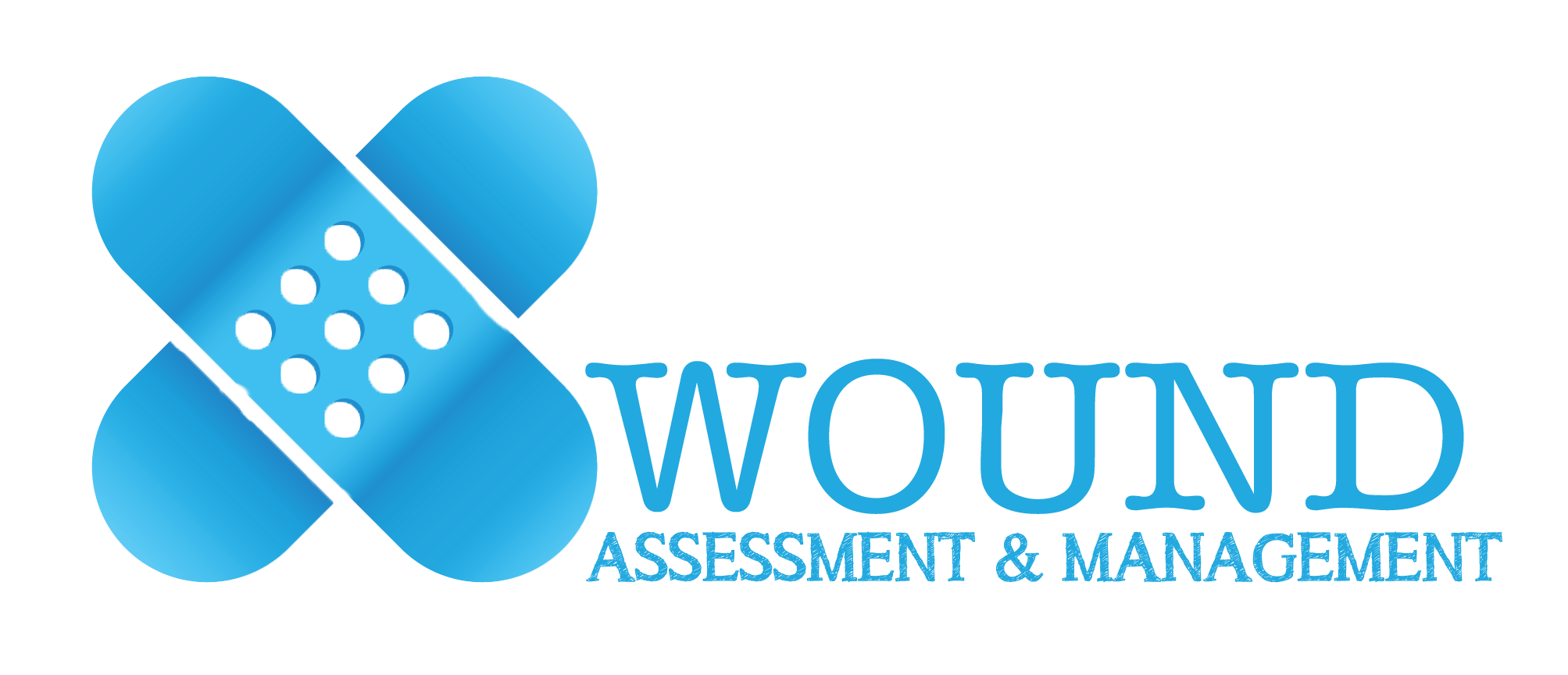Ting, J. J., & Garnett, A. (2021). E-health decision support technologies in the prevention and management of pressure ulcers: a systematic review. Cin: Computers, Informatics, Nursing, 39(12), 955–973. https://doi.org/10.1097/CIN.0000000000000780
Ousey, K., Banasiewicz, T., & Smola, H. (2020). Non-medicated wound dressings in managing infected wounds and wounds with biofilms. Wounds International, 11(4), 38–44.
Woo, K. (2017) Managing infected wounds and biofilms: What have we learned in the past year? Link to Article
Ayello, E. A., Zulkowski, K., Capezuti, E., Jicman, W. H., & Sibbald, R. G. (2017). Educating nurses in the united states about pressure injuries. Advances in Skin & Wound Care, 30(2), 83–83. DOI: 10.1097/01.ASW.0000511507.43366.A1
Campoi, A. L. M., Engel, R. H., Stacciarini, T. S. G., Cordeiro, A. L. P. de C., Melo, A. F., & Rezende, M. P. (2019). Permanent education for good practices in the prevention of pressure injury: almost-experiment. Revista Brasileira De Enfermagem, 72(6), 1646–1652. https://doi.org/10.1590/0034-7167-2018-0778
Goudy-Egger, L., & Dunn, K. S. (2018). Use of continuing education to increase nurses’ knowledge of chronic wound care management. The Journal of Continuing Education in Nursing, 49(10), 454–459. https://doi.org/10.3928/00220124-20180918-05
Kielo, E., Suhonen, R., Ylönen, M., Viljamaa, J., Wahlroos, N., & Stolt, M. (2020). A systematic and psychometric review of tests measuring nurses’ wound care knowledge. International Wound Journal, 17(5), 1209–1224. https://doi.org/10.1111/iwj.13417
Martinengo, L., Yeo, N. J. Y., Markandran, K. D. O., Olsson, M., Kyaw, B. M., & Car, L. T. (2020). Digital health professions education on chronic wound management: a systematic review. International Journal of Nursing Studies, 104. https://doi.org/10.1016/j.ijnurstu.2019.103512
Sandoz, H., & Ovens, E. (2019). Transformative education to improve wound care and sustain workforce: upskilling band 6 district nurses. Wounds Uk, 15(5), 70–75.
Welsh, L. (2018). Wound care evidence, knowledge and education amongst nurses: a semi-systematic literature review. International Wound Journal, 15(1), 53–61. https://doi.org/10.1111/iwj.12822
Zarchi, K., Latif, S., Haugaard, V. B., Hjalager, I. R. C., & Jemec, G. B. E. (2014). Significant differences in nurses’ knowledge of basic wound management – implications for treatment. Acta Dermato-Venereologica, 94(4), 403–7. https://doi.org/10.2340/00015555-1770
Leren, L., Johansen, E. A., & Eide, H. (2021). Prevalence and factors associated with ulcer‐related pain in persons with chronic leg ulcers—an explorative study. Journal of Clinical Nursing, 30(17-18), 2732–2741. https://doi.org/10.1111/jocn.15787
Lovegrove, J., Ven, S., Miles, S. J., & Fulbrook, P. (2021). Comparison of pressure injury risk assessment outcomes using a structured assessment tool versus clinical judgement: a systematic review. Journal of Clinical Nursing, (20211201). https://doi.org/10.1111/jocn.16154
Kielo, E., Salminen, L., & Stolt, M. (2018). Graduating student nurses’ and student podiatrists’ wound care competence – an integrative literature review. Nurse Education in Practice, 29, 1–7. https://doi.org/10.1016/j.nepr.2017.11.002
Silva, J. L. G., Oliveira Kumakura, A. R. de S., Zanchetta Flávia Cristina, Dias Coutinho Verónica Rita, & Lima, M. H. M. (2020). Clinical simulation for teaching of wound evaluation and treatment. Clinical Simulation in Nursing, 38, 5–13. https://doi.org/10.1016/j.ecns.2019.09.003



